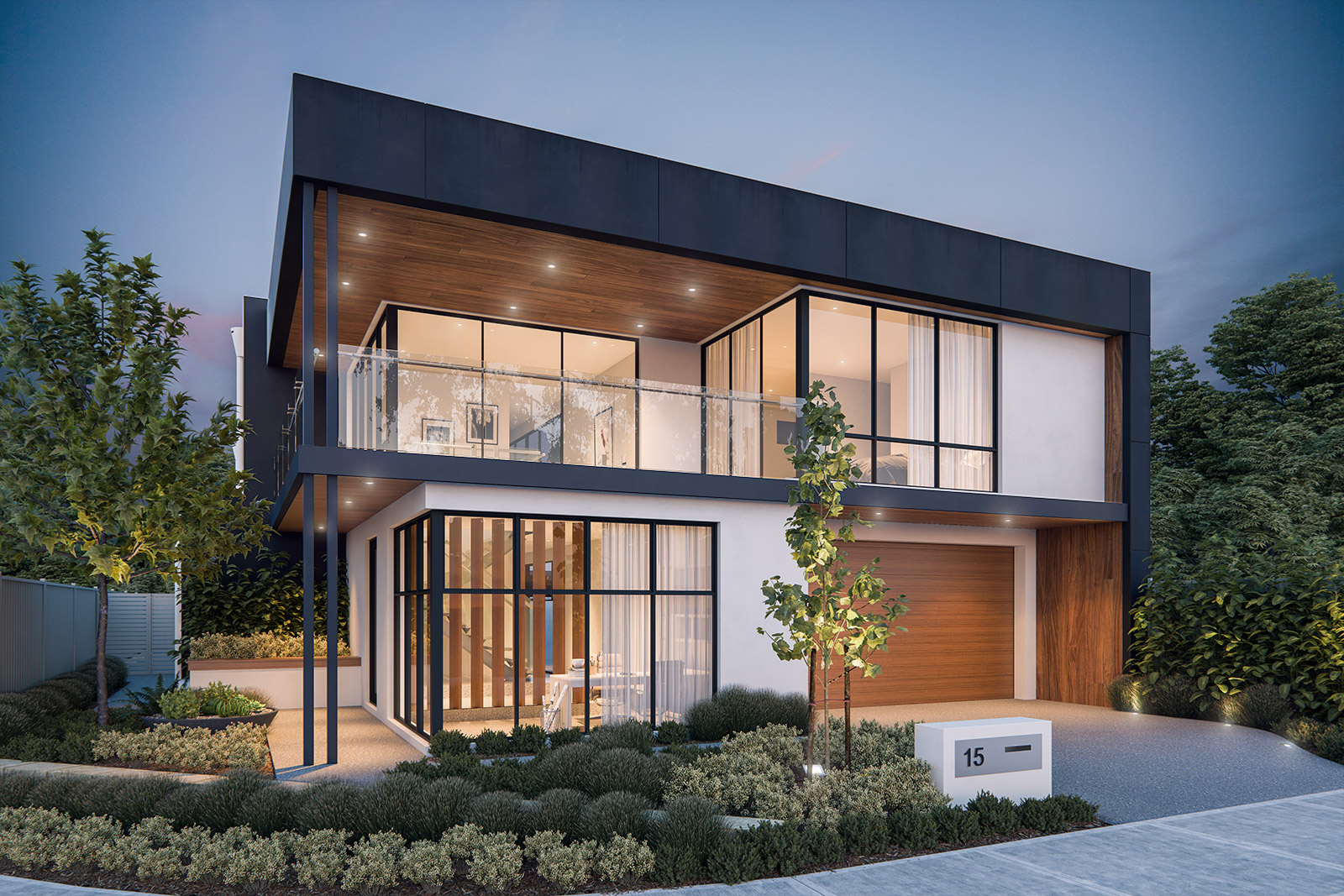Architectural design has always been a reflection of cultural, technological, and environmental contexts, but recent shifts in societal values and advancements in technology have prompted a reevaluation of traditional design principles. This new perspective emphasizes sustainability, inclusivity, and the integration of nature within urban environments. As climate change continues to pose significant challenges, architects are increasingly focusing on eco-friendly materials and energy-efficient systems. This shift is evident in the rise of green buildings, which not only reduce carbon footprints but also promote the health and well-being of their occupants. These structures often incorporate features such as green roofs, solar panels, and natural ventilation, creating spaces that harmonize with their surroundings rather than dominate them. Furthermore, the increasing emphasis on inclusivity calls for designs that cater to diverse populations, ensuring that public spaces and buildings are accessible to all, regardless of age, ability, or socioeconomic status.

This approach recognizes that architecture plays a vital role in fostering social interactions and community bonds, leading to a more equitable urban landscape. The integration of technology has also transformed the architectural landscape, with tools like Building Information Modeling BIM and virtual reality allowing for more precise and innovative designs. These technologies enable architects to visualize and simulate spaces before construction, enhancing collaboration among stakeholders and streamlining the building process. As architects embrace data-driven design, they can create responsive environments that adapt to changing needs and preferences. Moreover, Outsourced Drafting biophilic design an approach that seeks to connect people with nature has gained traction in contemporary architecture. This concept recognizes the profound psychological and physiological benefits of nature, prompting architects to incorporate natural elements into their designs, whether through the use of natural materials, ample daylight, or outdoor spaces that encourage interaction with the environment.
As urbanization continues to expand, the challenge lies in creating spaces that not only meet the functional needs of inhabitants but also nurture a sense of place and community. The new perspective on architectural design champions a holistic approach, where buildings are not isolated entities but rather integral components of a larger ecosystem. This paradigm shift is further supported by community engagement in the design process, allowing local voices to shape their environments and ensuring that the architecture resonates with the people it serves. By prioritizing collaboration, architects can better address the complexities of contemporary urban life, fostering resilience and adaptability in the face of ever-evolving challenges. In conclusion, the future of architectural design is characterized by a commitment to sustainability, inclusivity, and the integration of technology and nature. This new perspective not only enhances the aesthetic appeal of buildings but also contributes to the overall quality of life for individuals and communities.

+ There are no comments
Add yours